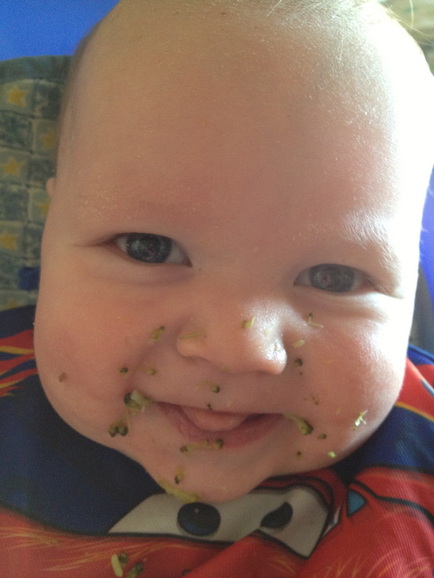
As a result of all the hubbub, many people skip breakfast. Is this true for you? Are you too busy rushing off to work, or focusing on the kids instead? Dietitians of Canada will tell you almost 40 per cent of Canadians skip breakfast. Does that really matter? Is breakfast really the “most important meal of the day?” The answer is Yes!
When you skip breakfast you actually increase your risk of brain drain and midday slump, and nobody needs that! Skipping breakfast will also make you less alert and less able to concentrate.
Better yet, eating breakfast is linked to healthy weight with reduced weight gain over time. Eating breakfast is important for appetite control — it helps you avoid those mid-morning munchies that so often arise. Yet another thing that eating breakfast does is help us have a better intake of important nutrients, including calcium, Vitamin D, potassium and fibre.
So, what can you do to on these rushed morning to actually fit breakfast in? Try preparing meals and snacks the night before. If you have cut-up veggies and fruit in the fridge it’s much easier to grab them and go. Try storing leftovers in pre-portioned containers so you can grab and go or grab and eat, depending on your needs that day.
If you haven’t been eating breakfast and you want to start, be sure to choose a balanced one. Include complex carbohydrates, protein and fibre to make the most out of this meal.
If you’re worried you just don’t have the time, then grab and go foods are a must. Try things like a smoothie (you can make them the night before), try having hummus, avocado, and cucumber on toast or bread. You could also try making breakfast wraps (it’s quicker than it sounds) — find a recipe here.
One thing to watch out for is having too much caffeine. This can cause increased heart rate (the last thing you need when you’re trying to get kids out the door or on a stressful commute), stomach upset, jitters, or even cause you to lose sleep. If you are a sleep-deprived parent try to limit yourself to a maximum of 400mg of caffeine a day(1), and if you are pregnant or breastfeeding then try to limit yourself to 200mg (2)(3). (This is more complicated to figure out than I can explain in this short post. Please check back for my upcoming post.)
Need more help with how to make quick, easy breakfasts happen at your house? Contact Jill, Nurture The Future’s Registered Dietitian at [email protected]
Adapted from the Dietitians of Canada's Nutrition Month Campaign Materials. Find more information about Nutrition Month at www.nutritionmonth2015.ca.
References;
1http://healthycanadians.gc.ca/recall-alert-rappel-avis/hc-sc/2013/34021a-eng.php
2http://tna.europarchive.org/20111116080332/http://www.food.gov.uk/news/pressreleases/2008/nov/caffeineadvice
3 http://www.acog.org/~/media/Committee%20Opinions/Committee%20on%20Obstetric%20Practice/co462.pdf?dmc=1&ts=20130704T0537306017




 RSS Feed
RSS Feed

.png.aspx?width=150&height=150)
